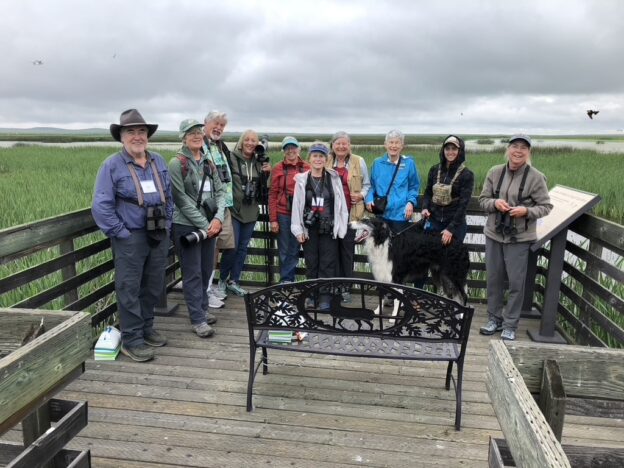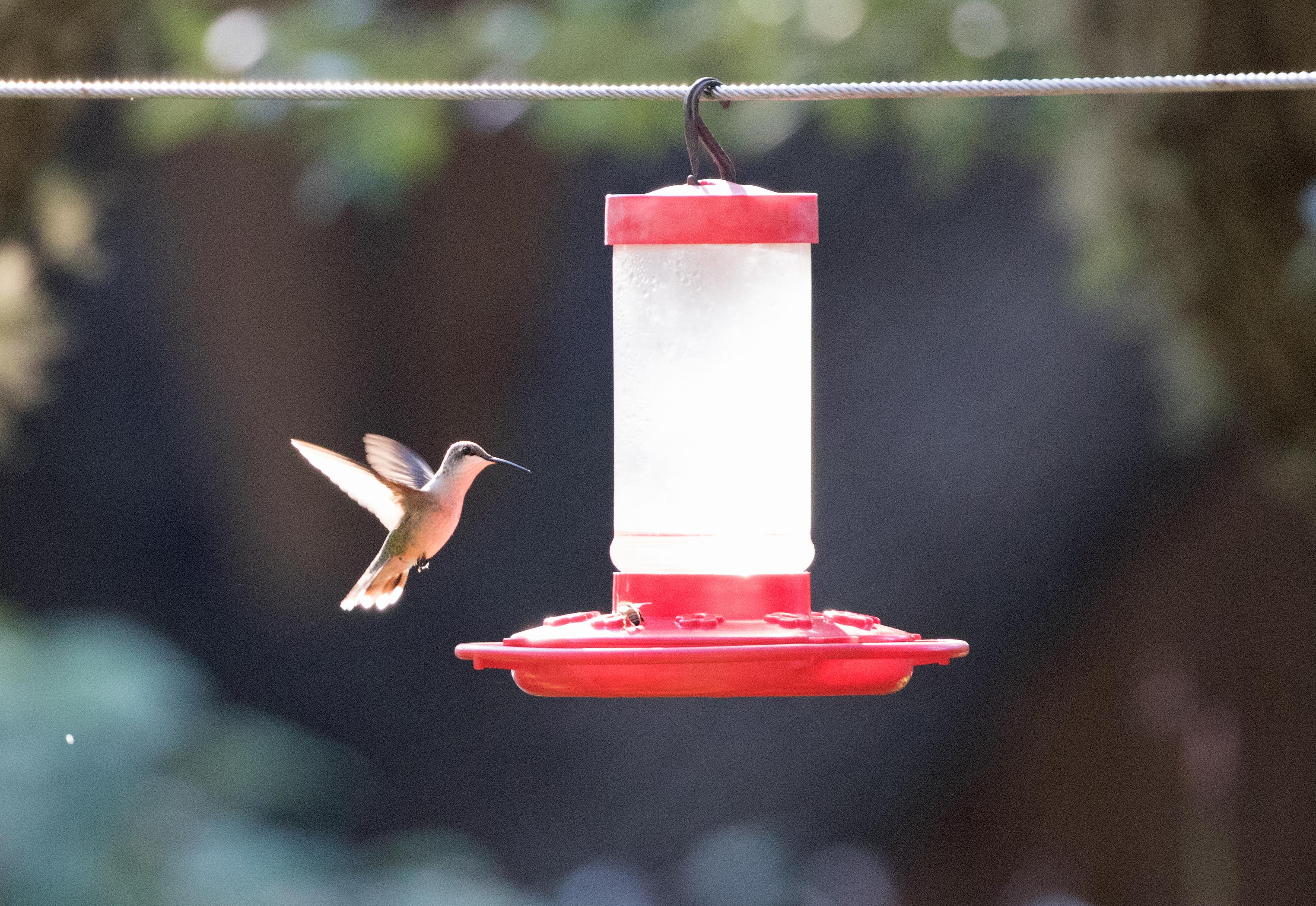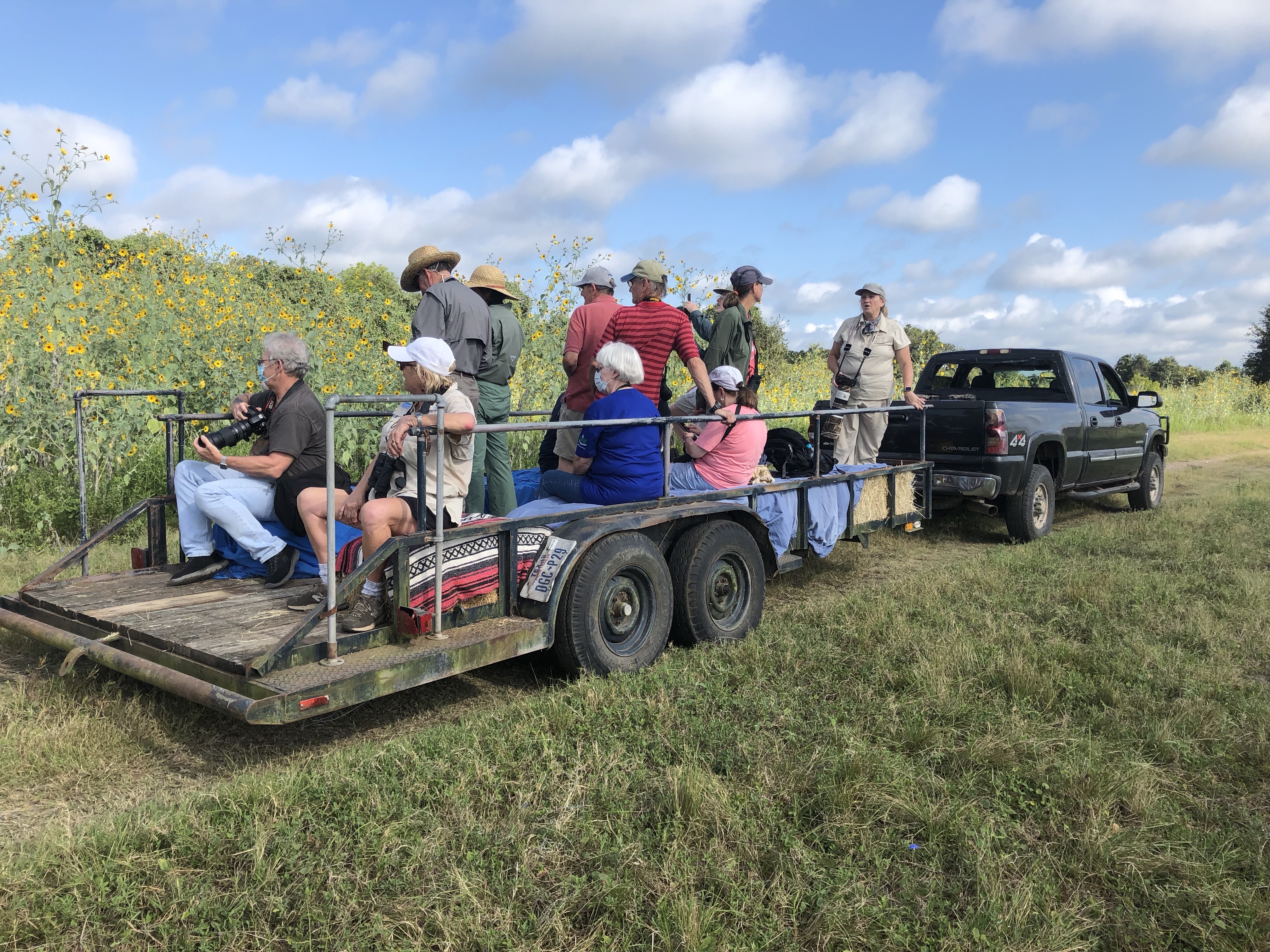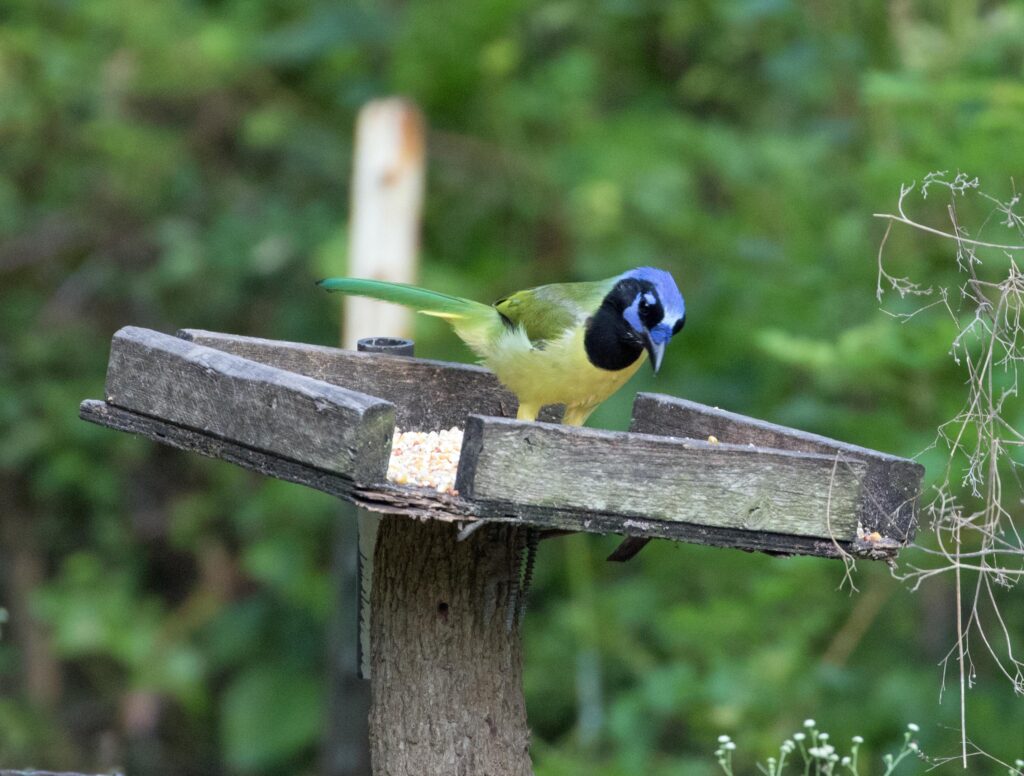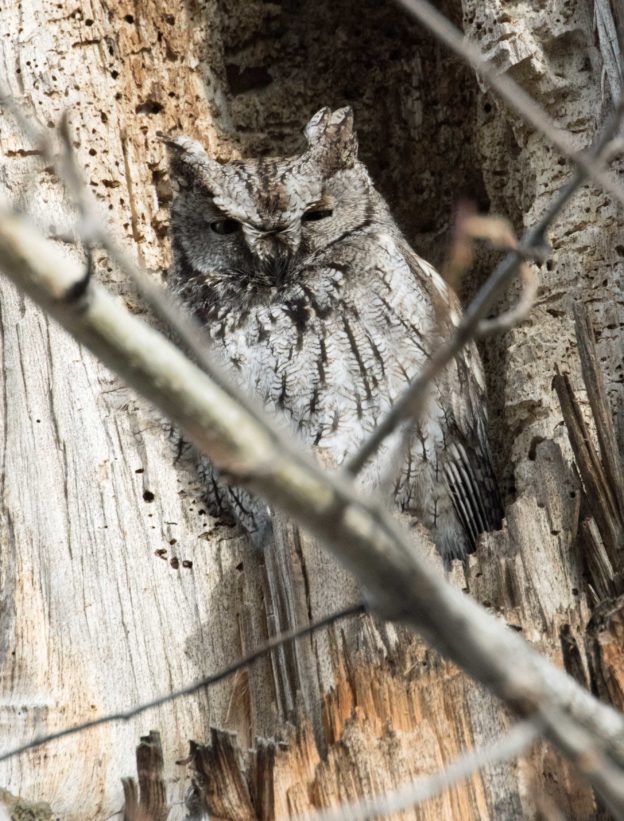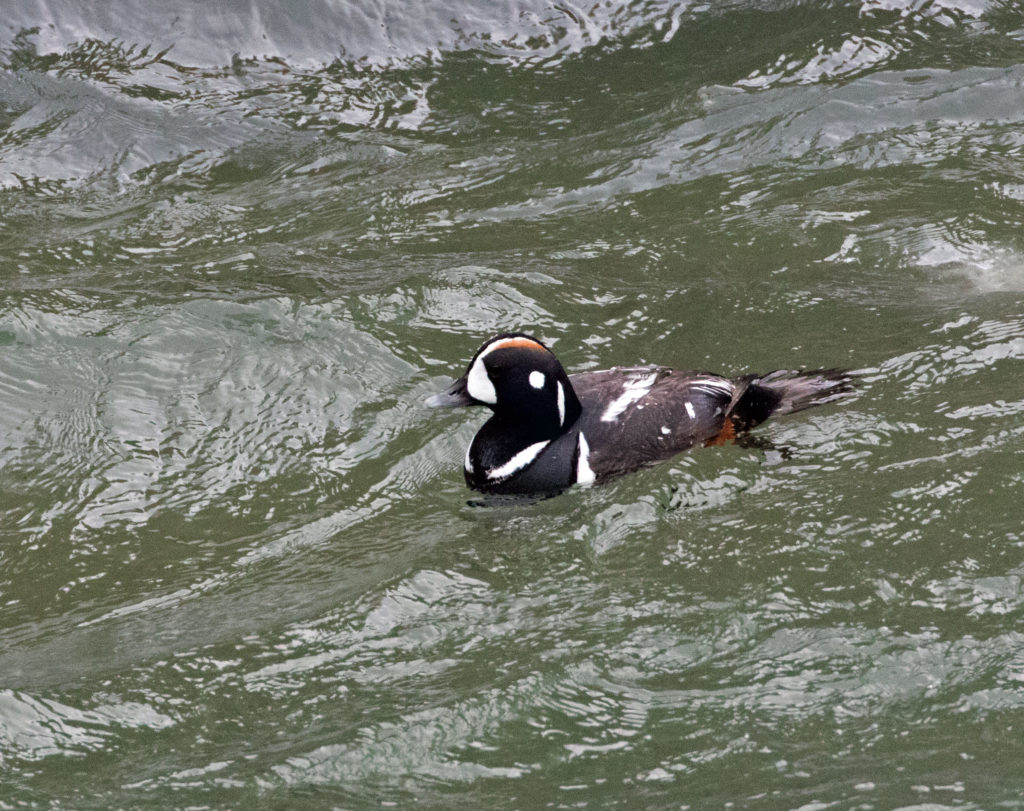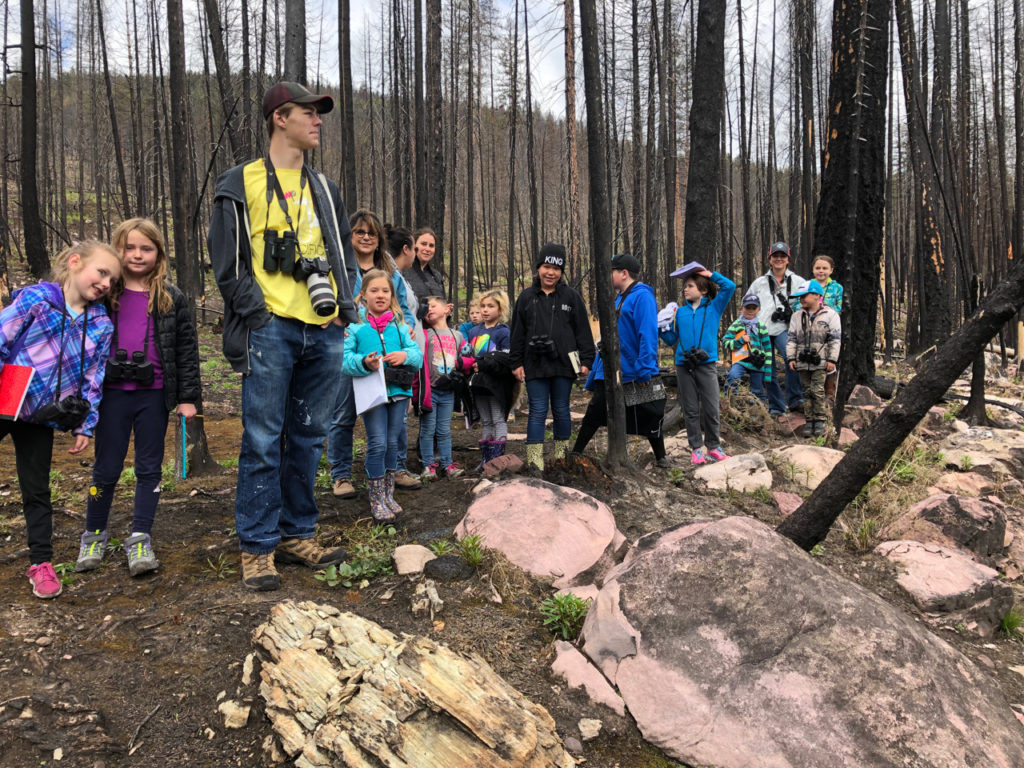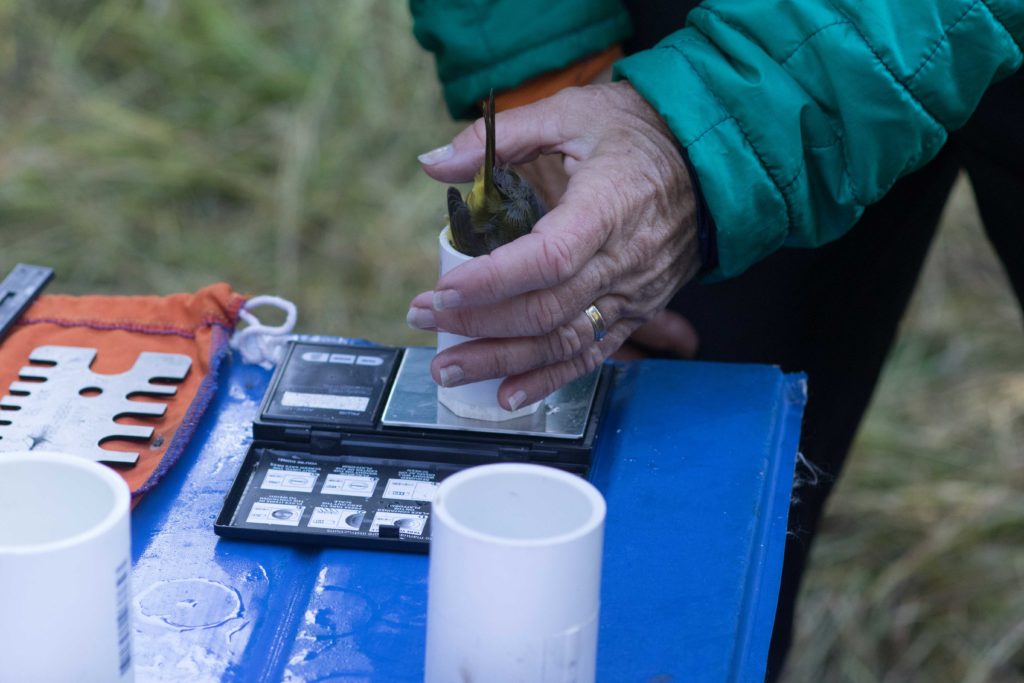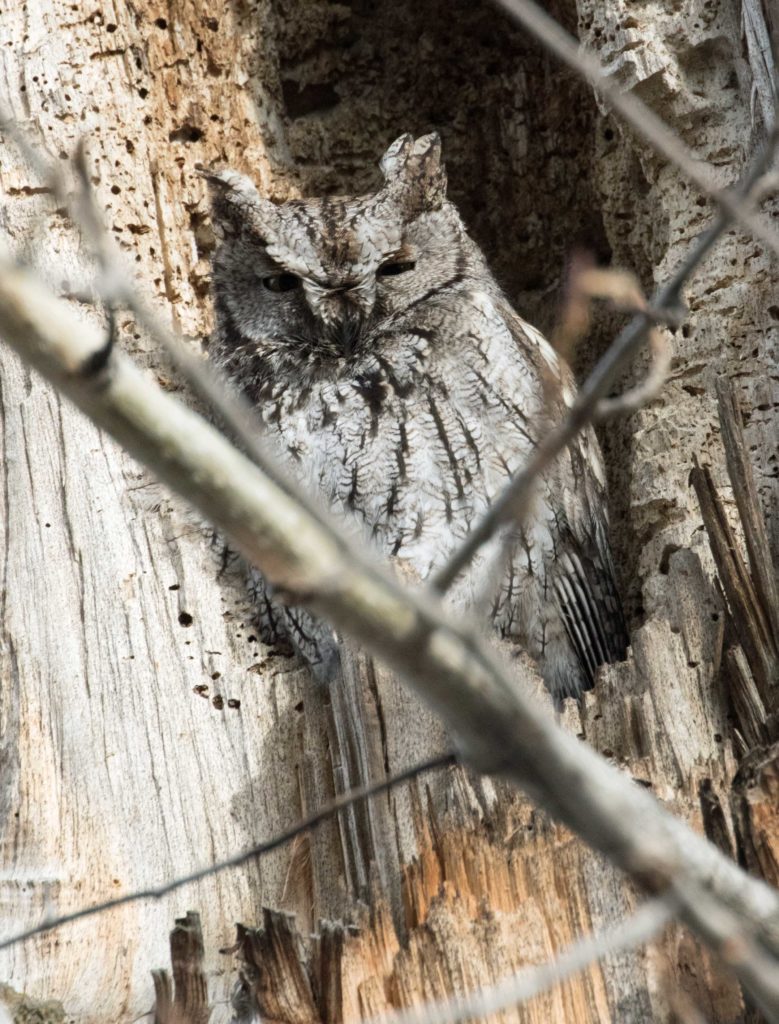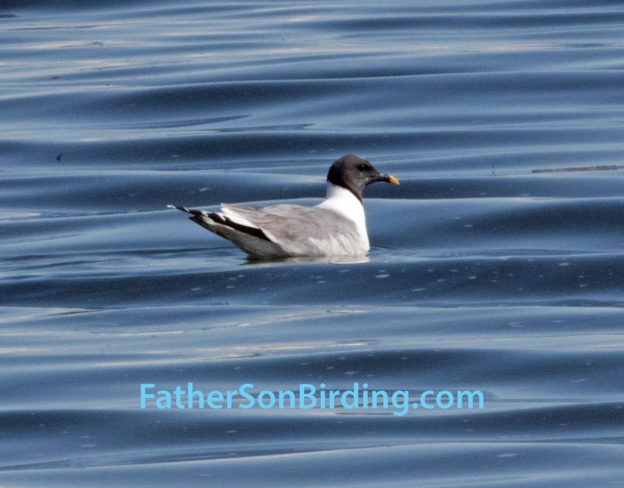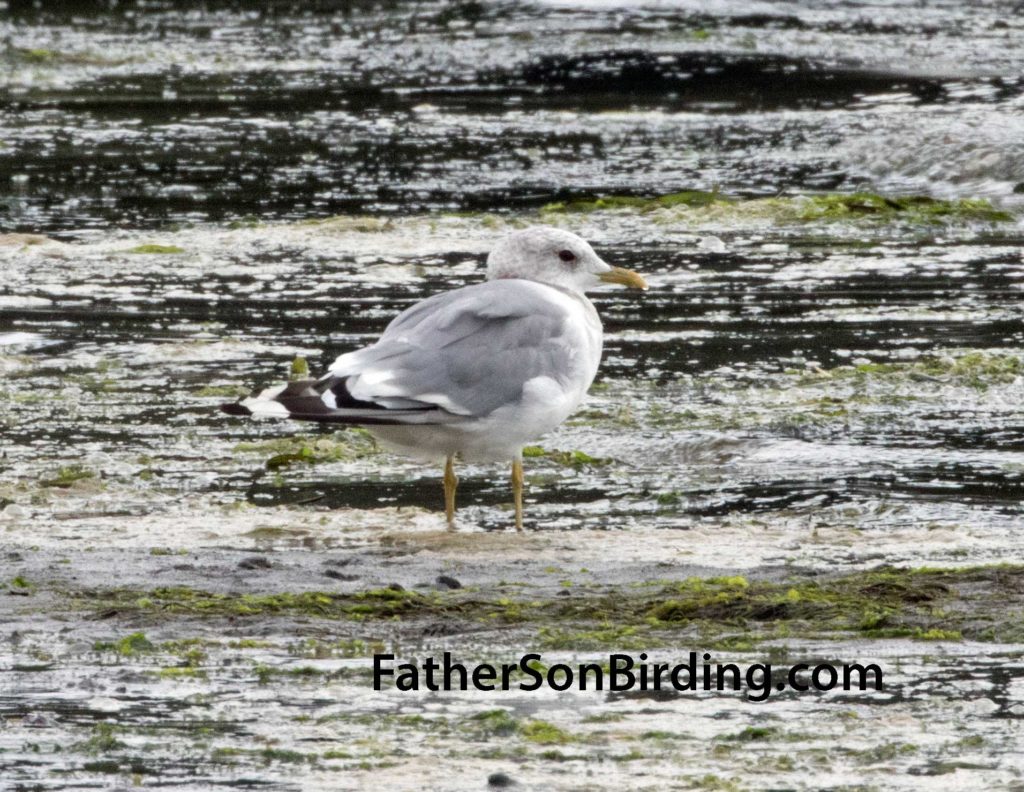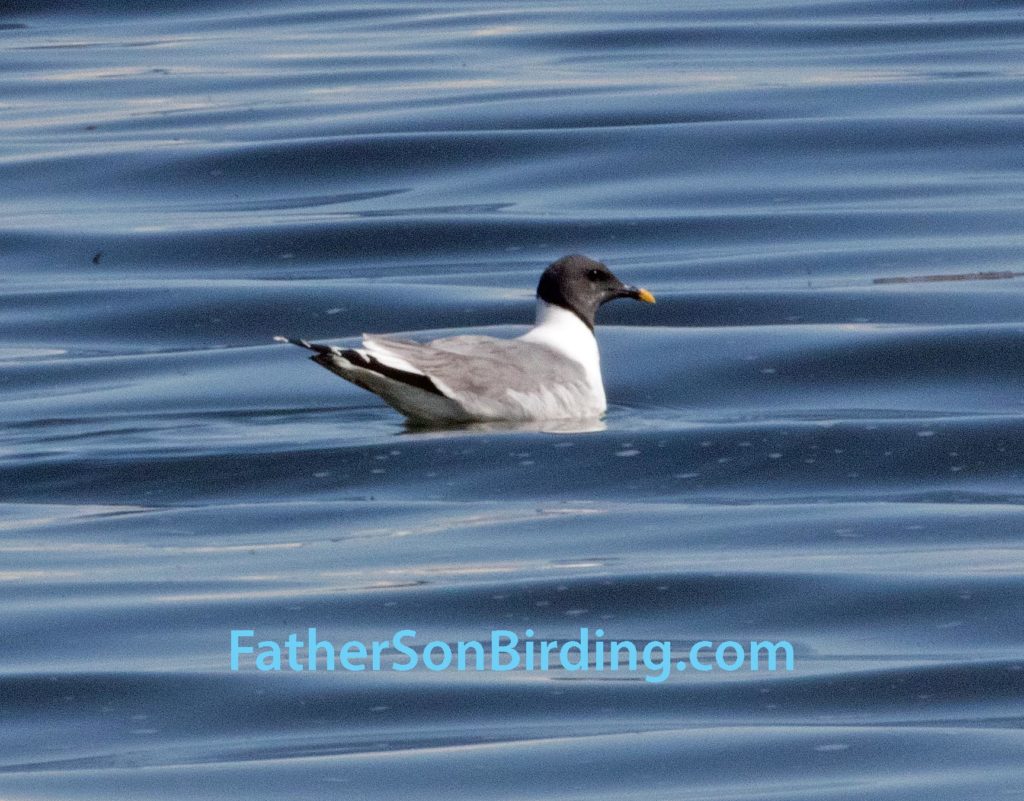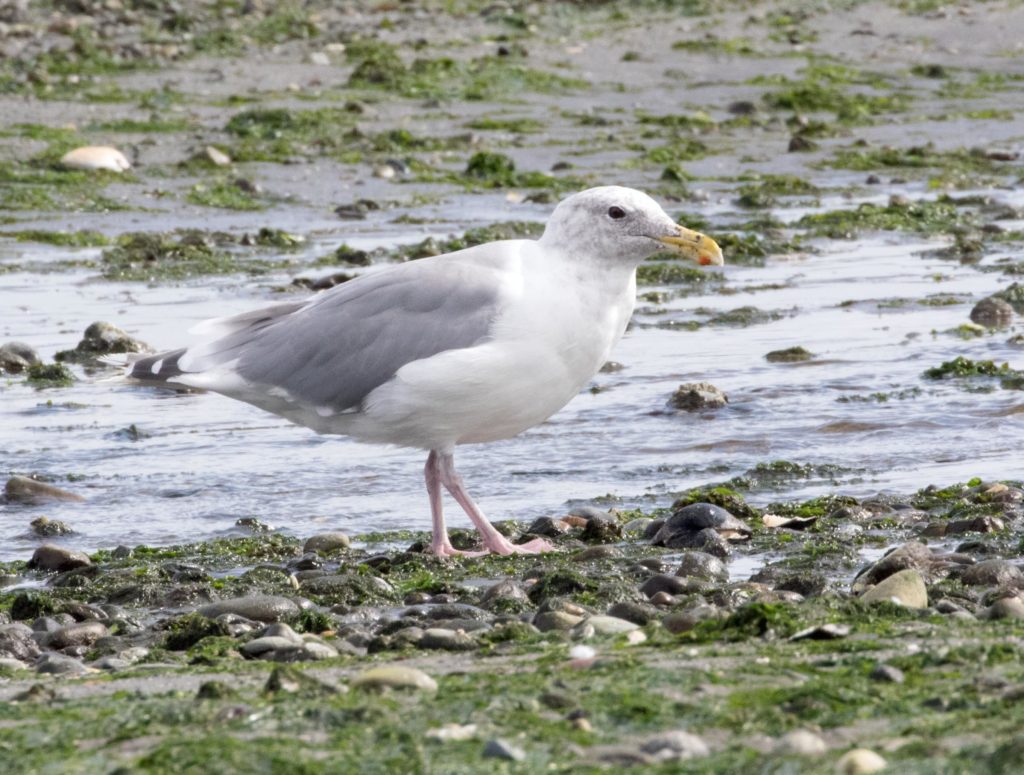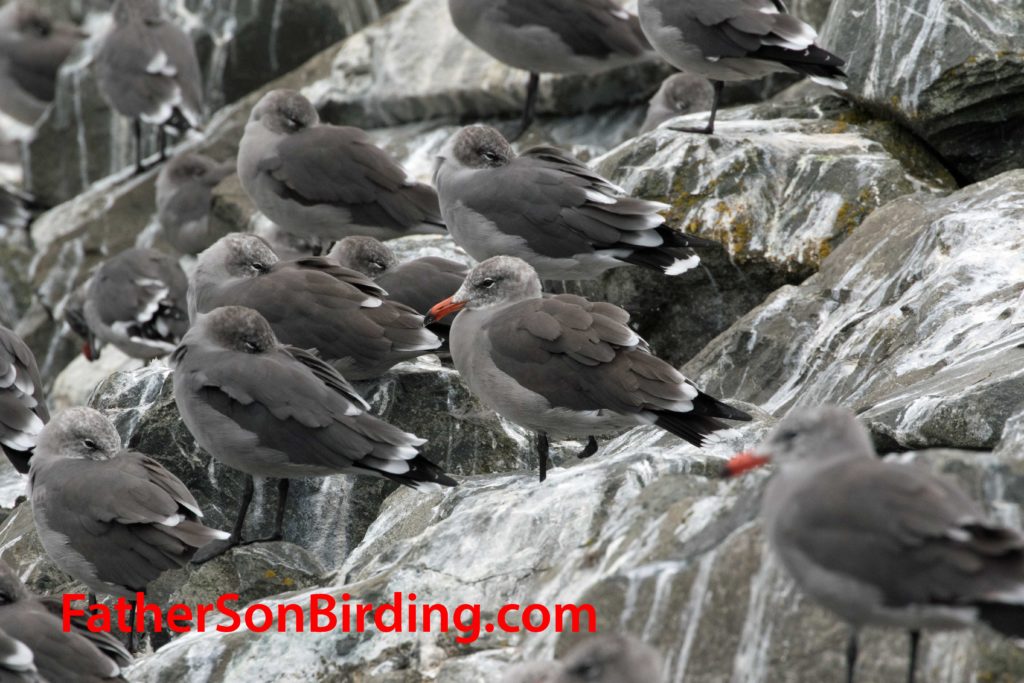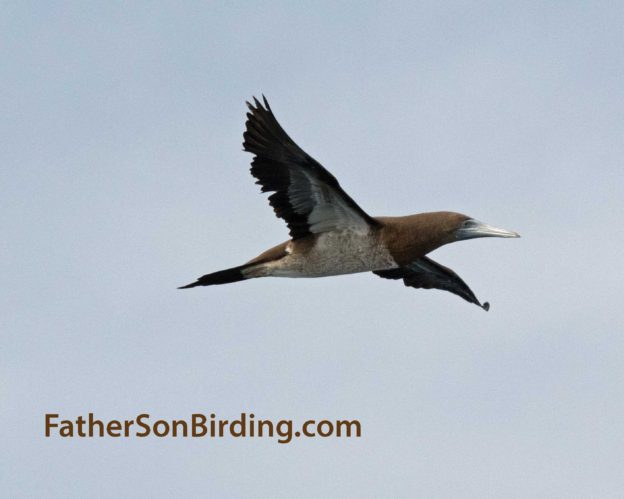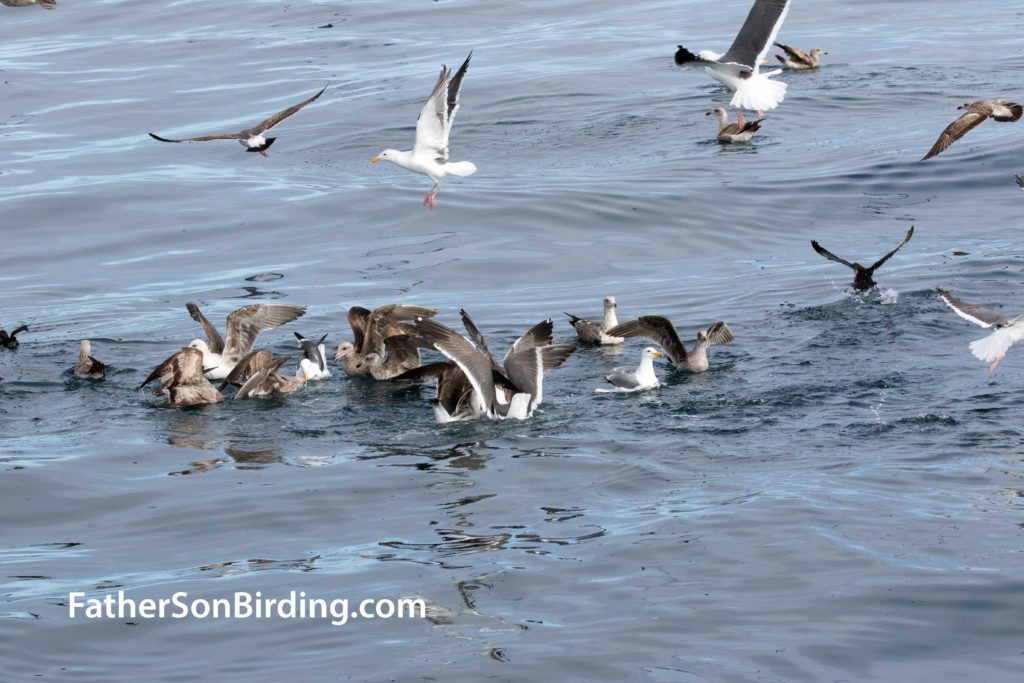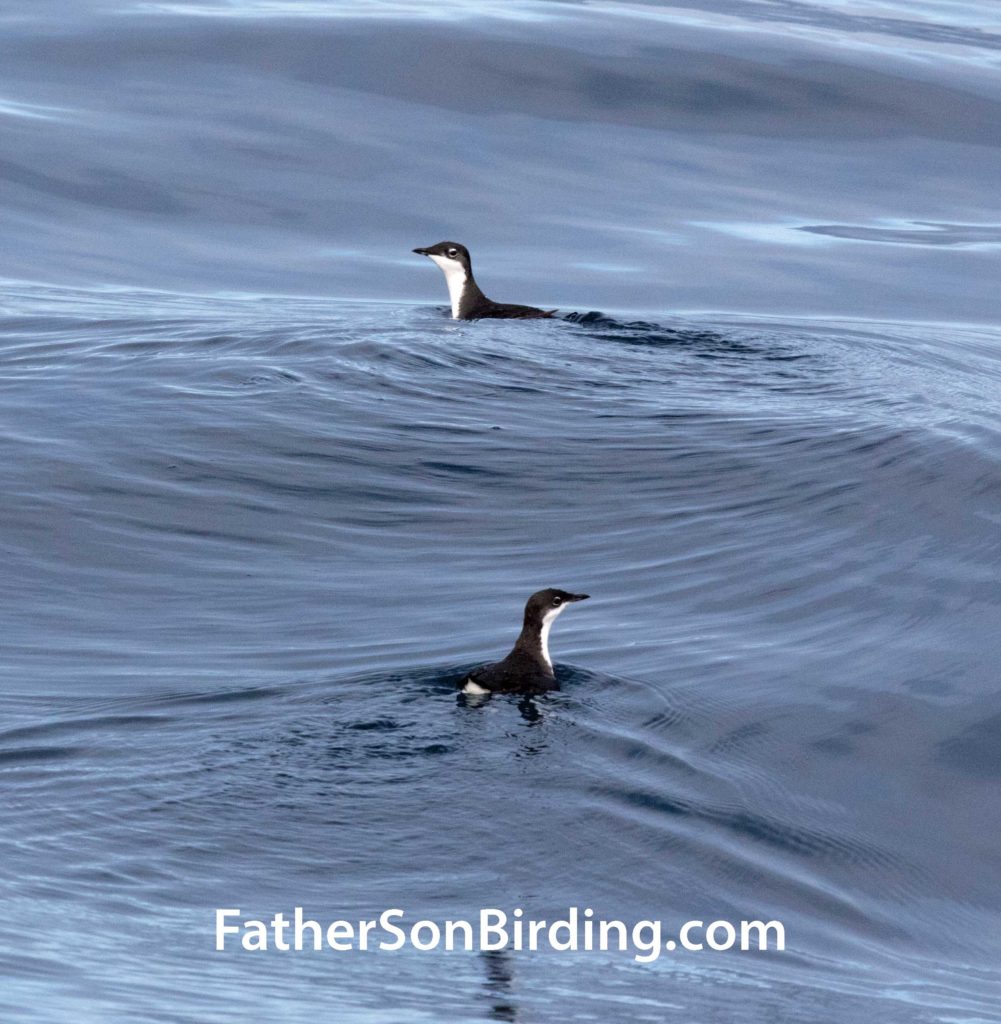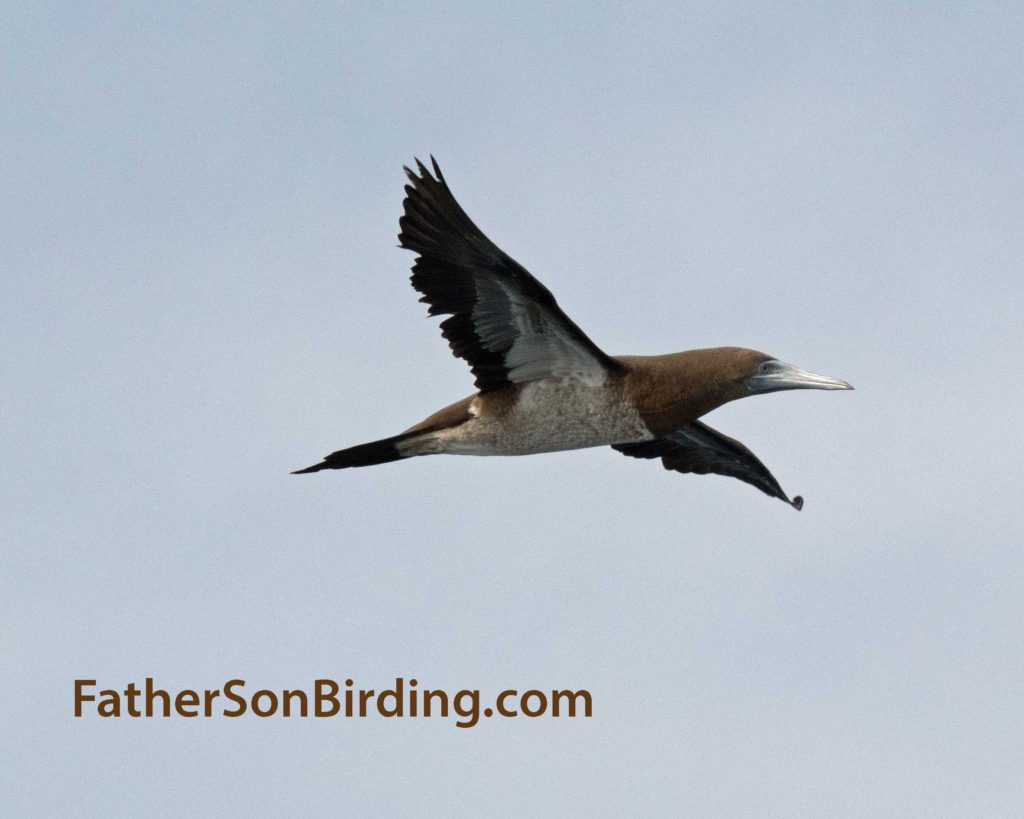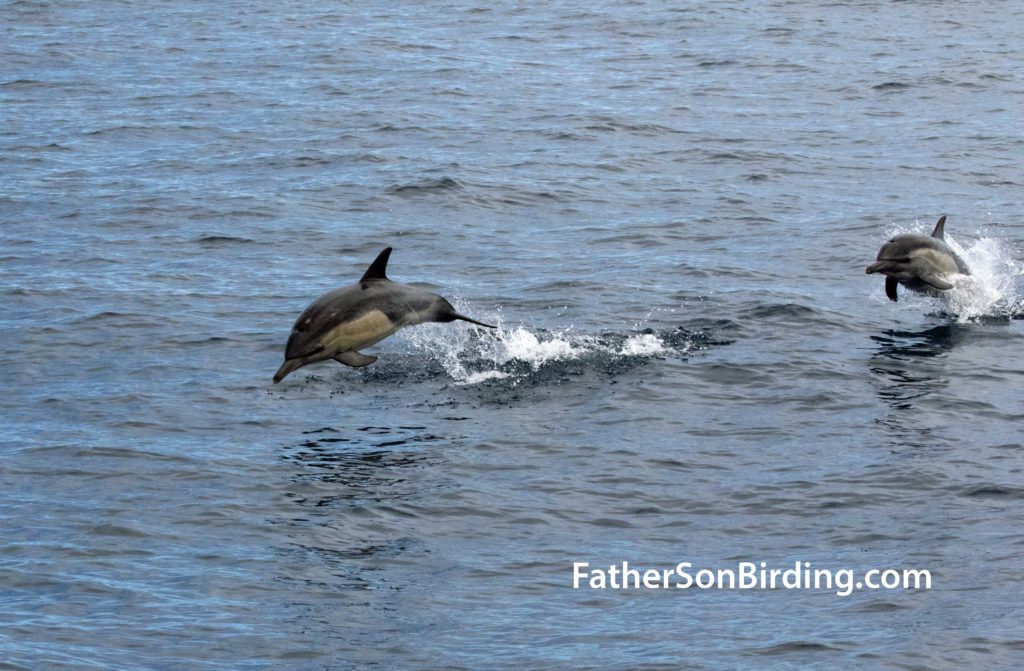In my last post, I mentioned being on my way to Montana Audubon’s 2023 Wings Across the Big Sky festival in Great Falls. After birding Freezeout Lake and Choteau, I could feel my excitement grow. Not only would I get to meet a lot of other birders at the festival, I had been invited to lead two field trips to one of my favorite Montana places to bird: Benton Lake National Wildlife Refuge. Last year, I’d had one of my best birding days ever at Benton Lake, and a couple months later, Braden and I had followed that up with perhaps our best Montana shorebird day ever. What would this wonderful spot hold for us this time?
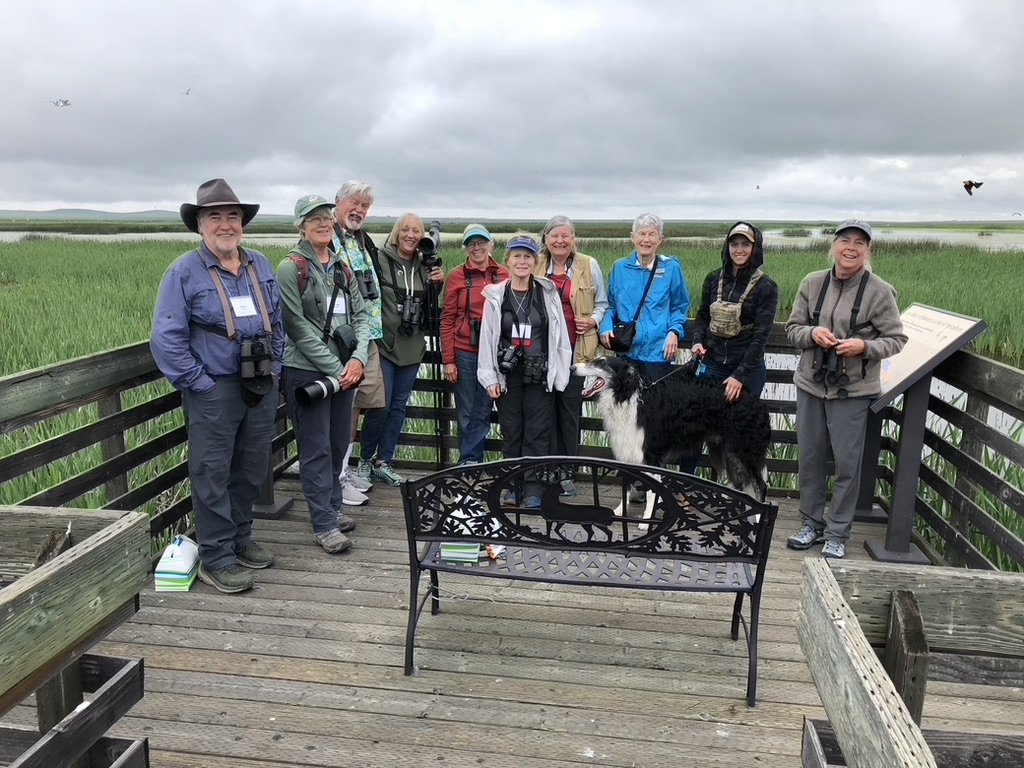
Saturday, our trip got off to a good start when one of the participants told me about a Burrowing Owl right off the road leading up to the refuge. Driving my intrepid minivan, we turned right onto a muddy track—only to drive right under the owl without seeing it! Fortunately, the two cars behind us were more observant, and we all got great looks at this rarely seen animal before heading to the refuge. Turns out, we would glimpse another BUOW at the refuge itself—but it would be only one of many stars for the day.
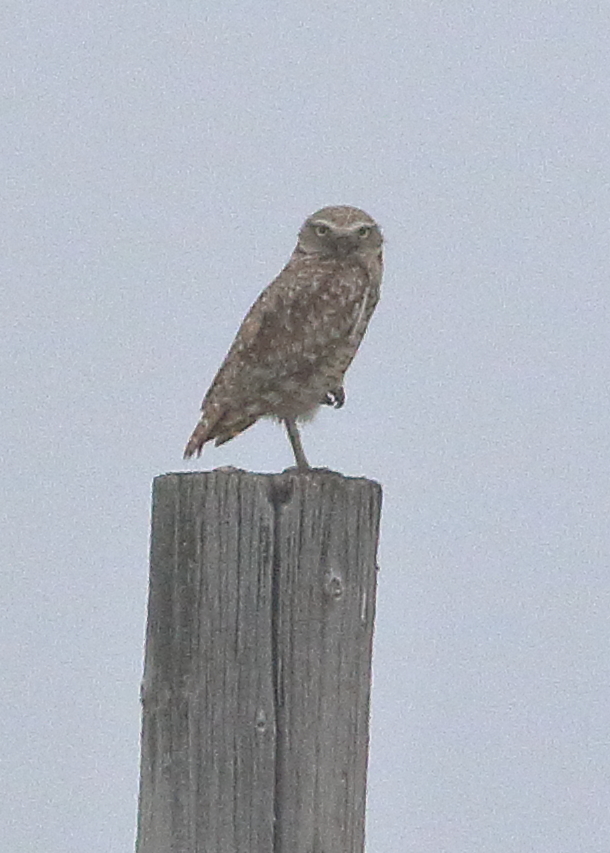
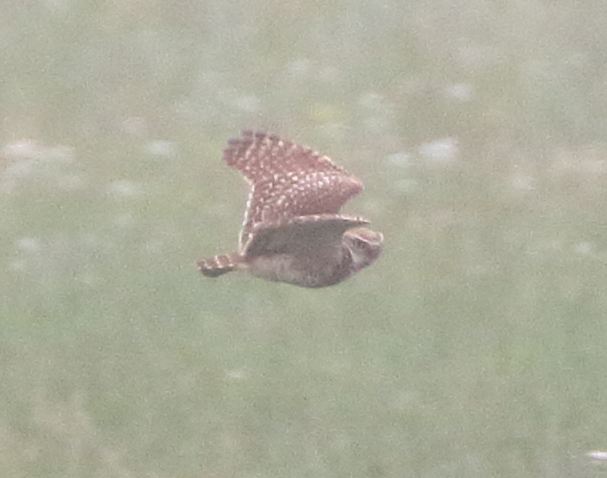
Birding Benton Lake NWR entails two distinct phases: a grasslands phase and a wetlands phase, and today, neither one disappointed. Driving through grasslands on our way to the start of the main loop, we were rewarded with multiple looks at Willets, Marbled Godwits, Long-billed Curlews, and Upland Sandpipers. The Willets and curlews especially put on a show for us, circling around the visitor’s center parking lot, uttering their looping, haunting calls. Thanks to recent rains, the vegetation in the prairie sections seemed especially tall and that probably suppressed one of our main targets, the Chestnut-collared Longspurs, but other birds turned out in force, especially Horned Larks and Savannah Sparrows. When we’d almost reached the turn for the wetlands section, I spotted several large-bodied birds flying low across the horizon—Sharp-tailed Grouse!
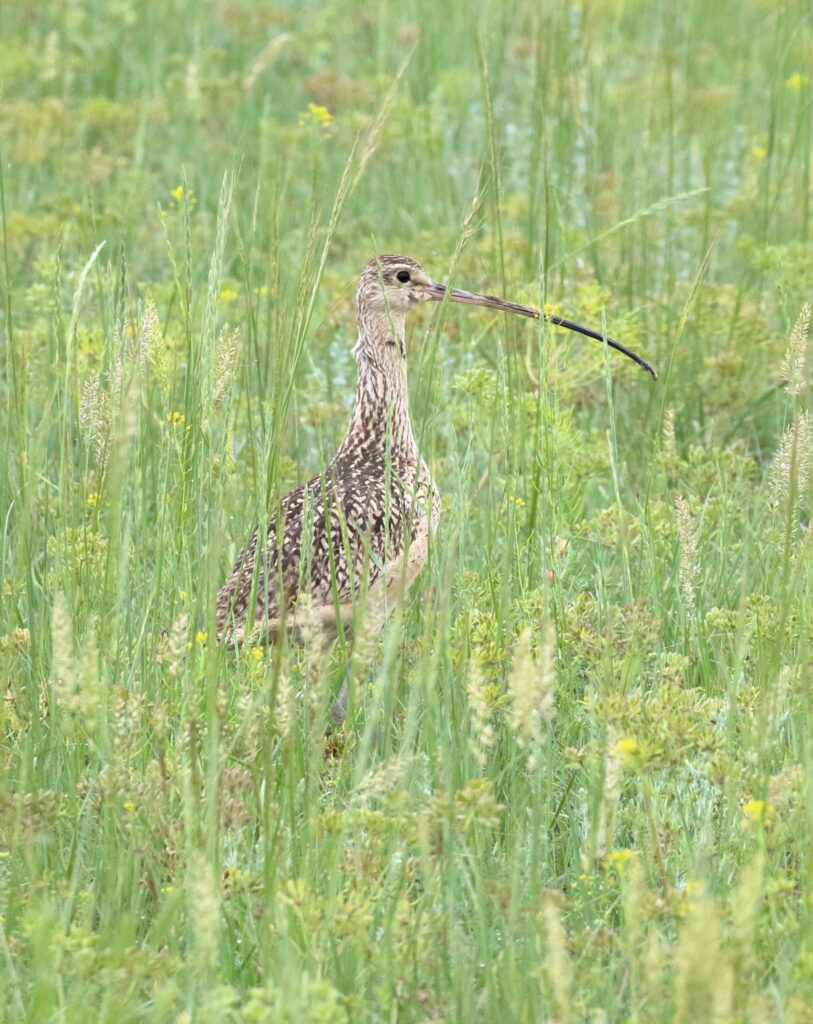
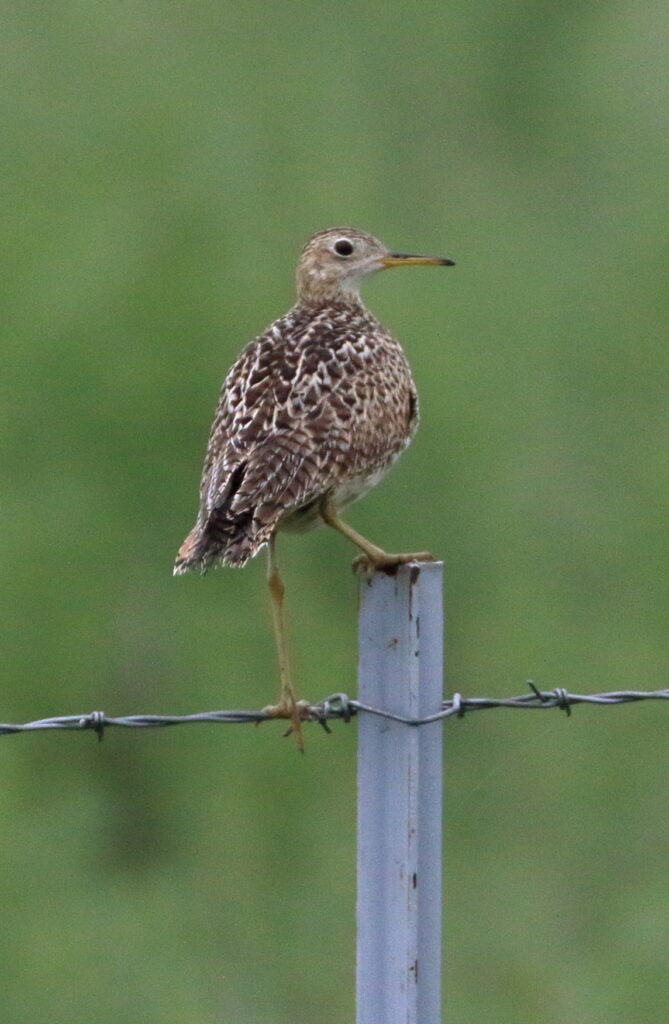
With more water in them, the wetlands ponds sported a different mix of birds than last year. We counted 13 species of ducks, more than twice what I saw last year, but none in huge numbers. Wilson’s Phalaropes were present, but in smaller numbers than last year. While I’d counted 220 American Avocets and 20 Black-necked Stilts last year, today we saw neither species. Fortunately, the Franklin’s Gull colony appeared healthy and intact with at least 1,000 birds, as did the smaller number of White-faced Ibises. I worried when we didn’t see our dependable Black-crowned Night Heron colony—until one of our intrepid crew spotted one when we walked out to the end of the boardwalk during our early lunch break.

Undoubtedly, one of the stars of the day were the Eared Grebes, who had constructed hundreds of raised nests in the “upper” pond. In fact, our little caravan stopped to break out our spotting scopes and admire this incredible sight for at least ten or fifteen minutes. On our way out, we passed the tree where Braden and I had enjoyed nesting Swainson’s Hawks multiple times over the years. Sure enough, a SWHA parent sat dutifully on a branch watching us as we slowly lumbered by.
It was a great treat to again visit the refuge the following day and I wondered how these two visits would compare. The verdict? Pretty similar. On Sunday we missed the Sharp-tailed Grouse—but again saw the Burrowing Owl, placidly sitting in the middle of the road. We missed the pair of Black Terns we’d seen the day before—but saw far more Forster’s Terns, and finally spotted a lone Black-necked Stilt along with a single Sandhill Crane.
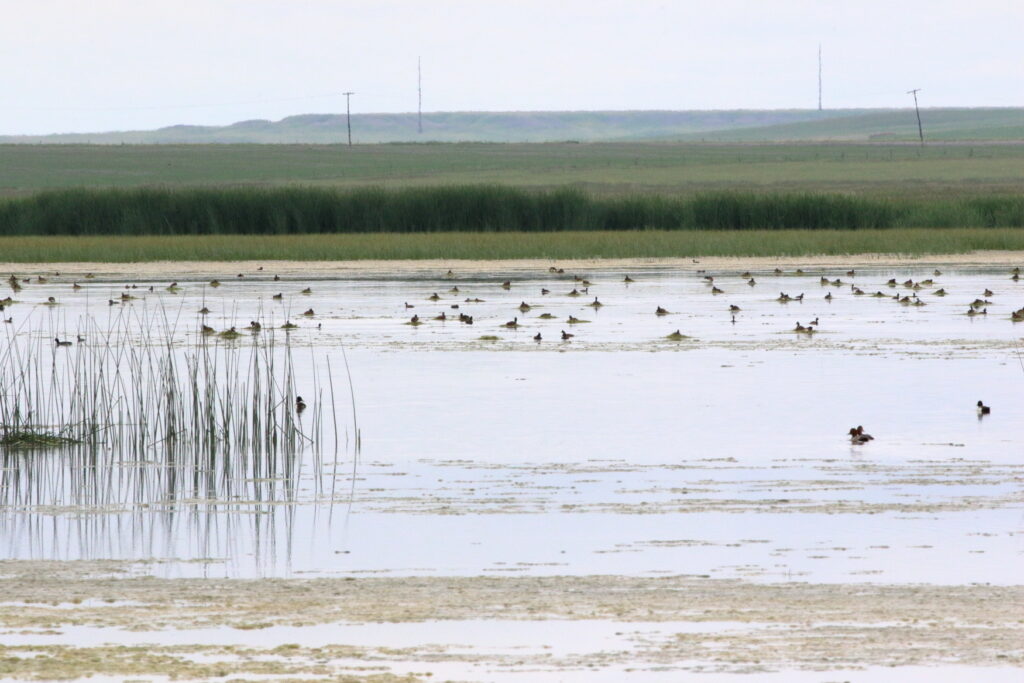
We wrapped up Sunday’s visit by pulling over at a section of the road with shorter grass, and sure enough, soon spotted a couple of Chestnut-collared Longspurs, doing flight displays above their territories. But my favorite sighting came a few moments later, when we all turned our binoculars on a buteo hawk circling high overhead. The bird had unusual coloring, and we debated what it could be. Swainson’s? Red-tailed? An uncommon Broad-winged Hawk? Finally, my co-pilot for the day, Kevin Cox, called the correct ID: Ferruginous Hawk! I was thrilled. I usually see a FEHA in Montana every year, but it’s not a guarantee—and to see it out in such a glorious spot, and on such a glorious day, and in the company of so many people who appreciated it, well, that perfectly crowned a very memorable festival.
Click here for Saturday’s eBird checklist.
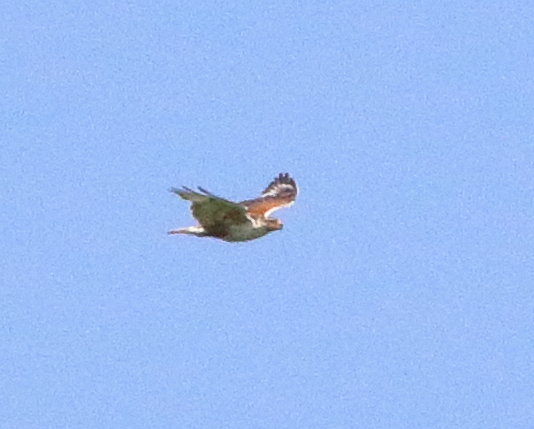
Note: The 2024 Wings Across the Big Sky festival will be held in Helena, Montana, which I’ve always considered to be the best home base for birding in Montana. No matter where you live, I hope you’ll plan on attending, either the first or second weekend in June. You won’t regret it!

